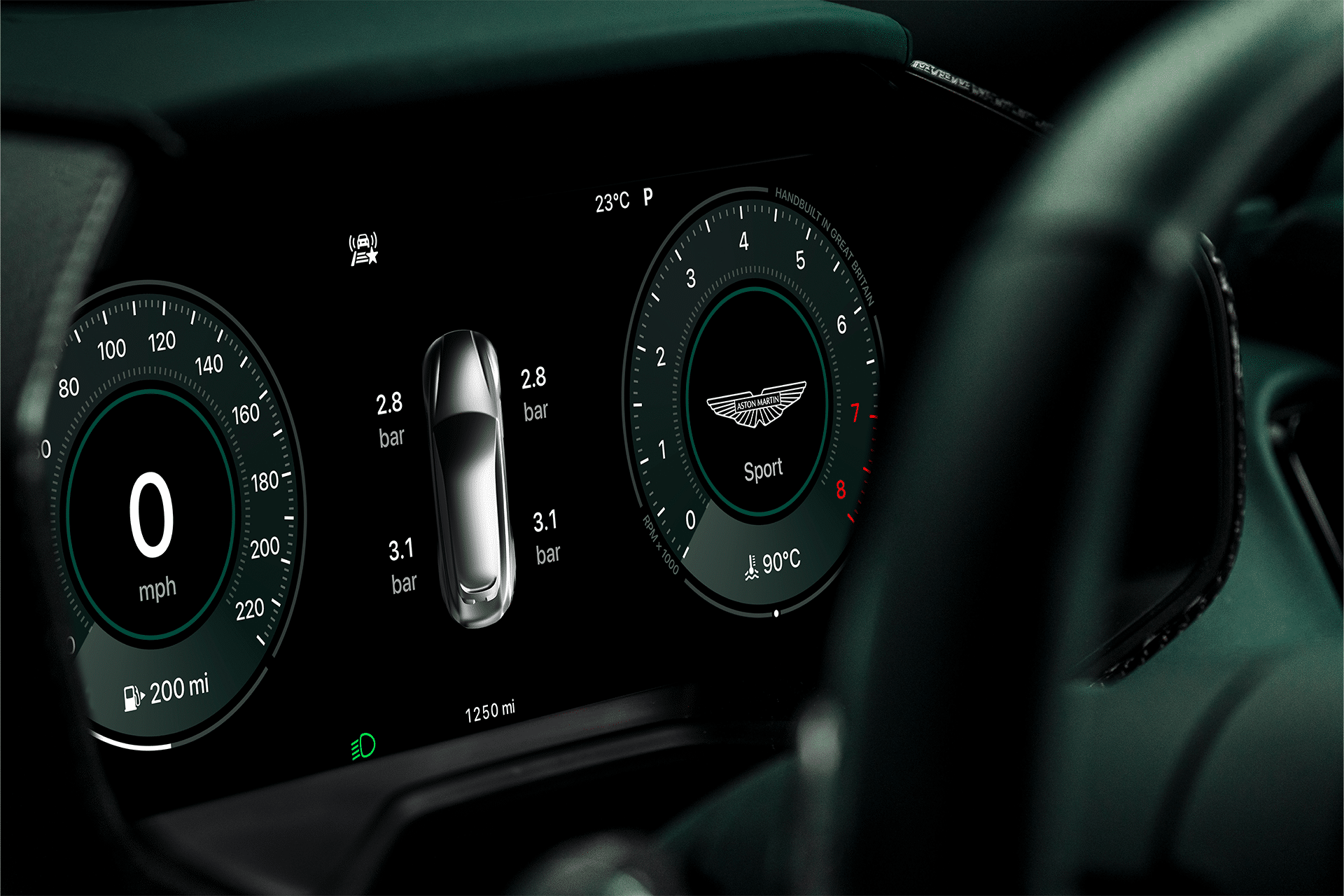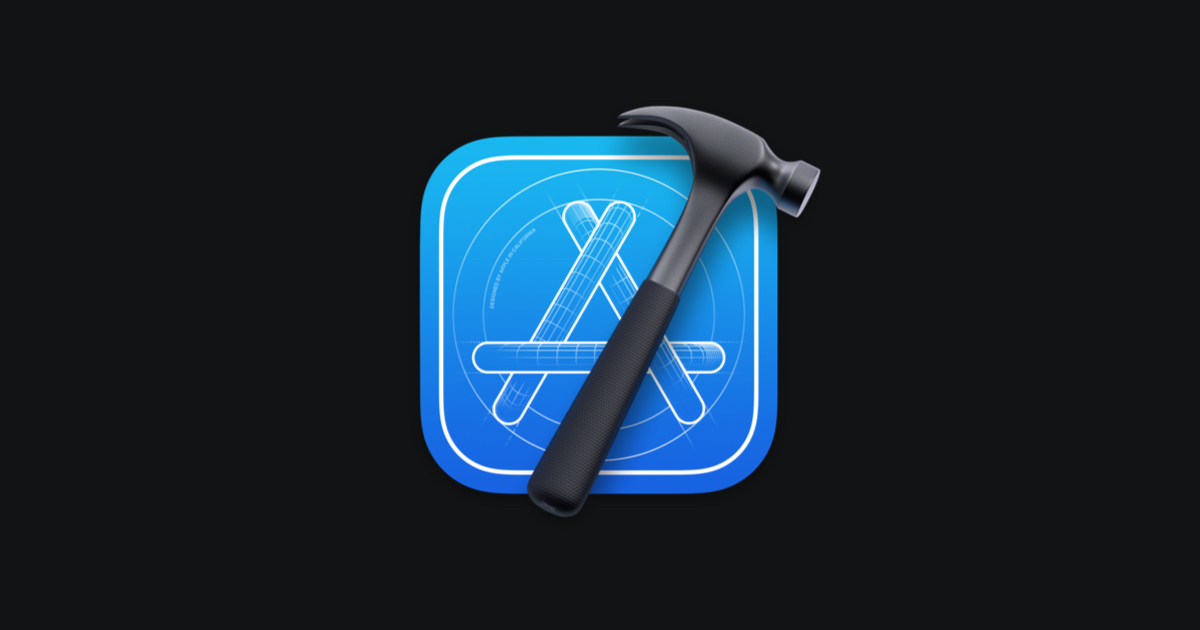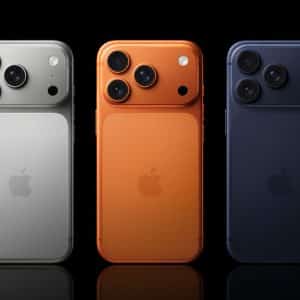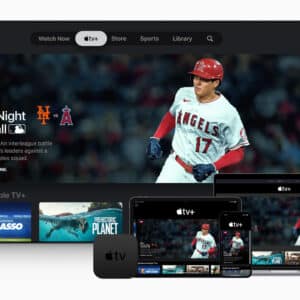Here’s the reality: most developers are trapped in a cycle of mediocre icons, subscription fatigue, and that special kind of rage that comes from discovering the perfect arrow symbol costs $299 for commercial use. It’s giving “design industry has trust issues” energy, and honestly? We need to talk about it.
Icon marketplace is having an identity crisis
The current state of iOS graphics sourcing is… chaotic. Marketplaces are flooded with thousands of icon packs that all somehow look like they were designed by the same AI having a bad day. The “minimal business icons” aesthetic has been beaten to death and somehow keeps getting resurrected.
What’s actually happening:
- Design trends cycling faster than TikTok algorithms
• Icon libraries that prioritize quantity over quality (shocking, right?)
• Inconsistent design systems creating visual chaos
• Vector files that look crisp in Figma but break everything in Xcode
• Licensing terms written by people who clearly hate developers
Apple’s SF Symbols library is technically impressive with 5,000+ symbols, but let’s be real—using only system icons makes apps feel like they’re wearing the same outfit to every party. It works brilliantly for Apple’s products, but third-party apps need personality that goes beyond perfectly optimized arrows and shopping carts.

Where Most Graphics Hunts Go to Die
The typical developer graphics journey follows a predictable tragedy arc:
- Start optimistic with free resources.
- Realize free graphics are giving “I designed this in Microsoft Paint” vibes.
- Jump to premium marketplaces feeling bougie.
- Get overwhelmed by 47,000 identical arrow icons.
- Eventually settle for “this doesn’t make me want to delete my app.”
This approach fails because it treats graphics like commodities instead of integral design elements. An arrow symbol isn’t just pointing somewhere—it’s having a conversation with users. That conversation can either guide them smoothly or confuse them into rage-quitting your app.
What Actually Works: A Strategic Reality Check
Smart developers have cracked the code by thinking strategically instead of panic-shopping. The secret sauce? A three-tier approach that actually makes sense:
The hierarchy that works:
- Tier 1: SF Symbols for system-level interactions (let Apple do the heavy lifting).
- Tier 2: Curated third-party libraries for common UI elements.
- Tier 3: Custom graphics for brand-specific needs (this is where personality lives).
Apple’s Human Interface Guidelines aren’t just suggestions—they’re a roadmap for when to use system symbols versus going custom. Following them prevents the classic mistake of forcing custom icons into places where SF Symbols would provide better UX.

Platforms that don’t make you want to throw your laptop:
- Icons8: Actually treats icons like a design system instead of a digital yard sale. Their icons maintain consistent stroke weights, corner radii, and visual proportions across categories—which means your app won’t look like it was assembled from spare parts. The platform offers multiple formats (SVG, PNG, PDF), realistic pricing for commercial use, and smart categorization that doesn’t require psychic abilities to navigate. The catch? Their massive library can feel overwhelming, but having too many good options beats having zero good options.
- Iconify: Open-source approach with real customization options.
- Feather Icons: Clean, minimalist, technically sound.
- Streamlinehq: Modern aesthetic that doesn’t look like it’s trying too hard.
These platforms focus on design consistency and proper technical implementation instead of cramming every possible variation into one bloated package.
Hidden Cost of “Budget-Friendly” Graphics
Free graphics are expensive in ways that hurt your soul later. Poor vector construction causes rendering nightmares. Inconsistent design systems confuse users who just want your app to make sense. Licensing terms that change faster than your ex’s relationship status create legal headaches nobody has time for.
Premium graphics services require upfront investment but save sanity long-term through:
- Consistent design systems that actually work together.
- Proper technical implementation (vectors that don’t break).
- Clear commercial licensing (no surprise legal drama).
- Updates that don’t completely change the aesthetic.

Building a Graphics Workflow That Doesn’t Suck
The most efficient approach involves getting clear on requirements before diving into the graphics rabbit hole. Define your app’s visual personality, understand your audience, and set technical requirements upfront.
Essential pre-search reality check:
- Visual personality that aligns with your brand (not just what looks cool).
- Target audience expectations (they have opinions about arrows).
- Technical requirements (file formats, scalability, performance impact).
- Licensing needs that won’t bankrupt you later.
- Budget constraints based in actual reality.
Workflow strategies that save time and sanity:
- Maintain curated libraries of trusted resources.
- Create shared asset libraries for team consistency.
- Establish approval processes before graphics chaos ensues.
- Document design decisions for future reference.
- Regular audits to remove graphics giving “2019 design trends” vibes.
The Bottom Line: Design Decisions Matter
Successful iOS graphics sourcing isn’t about finding the perfect marketplace or the cheapest subscription deal. It’s about developing judgment around what actually serves users and supports app goals. In an ecosystem where visual design directly impacts user retention and revenue, graphics decisions deserve the same strategic consideration as feature development.
For developers still struggling with graphics sourcing, the solution often involves stepping back from immediate needs and investing time in understanding design principles, user behavior, and Apple’s ecosystem approach. The best graphics decisions come from understanding not just what looks good, but what actually works.
Stop settling for “good enough” graphics that make your app blend into the sea of mediocrity. Your users notice the difference, even if they can’t articulate why some apps feel more polished than others. Make graphics decisions that serve your vision, not just your timeline.








